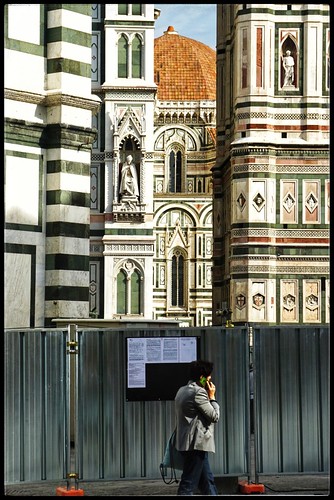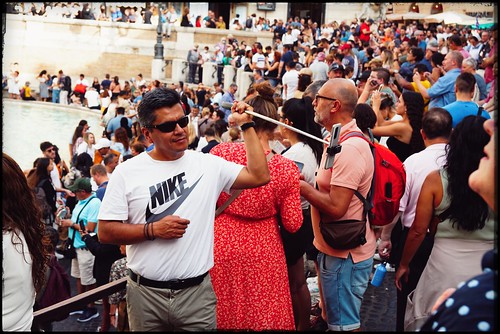It has been a very tumultuous Fall.
We've been on the road traveling for three months. We've seen sights. We've been places. Apartment door locks broke. Washing machines self-destructed. Attempted picks were thwarted mid-pick... but.. Passports were later successfully picked. Passports were miraculously returned through the US Embassy. Covid was caught. Covid was survived. Yes, we were vaxx'd and boosted, so the effects were likely less than if we were stoopid enough to try and do it all on our own.
This is just the half of it.
Photographically it has been a tumultuous time as well.
To keep my travel kit as light as possible I carried a Sony A6000 with a Sony Zeiss ZA 16-70mm f/4 SEL OSS. It did the trick. Three months of photography. Thousands of images to paw through.
During the quiet moments (yes, there were a few of those, too) I looked closely at Pictorialist images from the Sessionist Movement and for myself discovered something interesting. "Soft Focus" lenses appear to work best on subjects in or about nature. City and village images from the time tend to be sharp. I've been interested in "soft focus" lenses to try and understand and then apply that understanding to make images that could be uniquely mine.
This kind of photography has been long contentious. It is easy to remember that Group 64 hated William Mortensen, in part, because of his use of "soft focus" lenses. This ignores the fact that after M.Mortensen left Hollywood I'm not aware of a single "soft focus" image that he ever made. Maybe I'm wrong, but I can't find any. He even talks a length about the importance of working with a clear, clean, sharp image.
Makes me wonder what the Group 64 was going on about. Pictorialism could be just as sharp as any other photographic style of the time. So what was the difference between Group 64's approach and the Sessionists? Maybe it had to do with the spirit with which photographers approached their craft?
It seems like Sessionists were experimenting with all manner of processing. Clarence White, Karl Struss, Leonard Missone all worked on various techniques. Later William Mortensen continued that tradition after the Sessionist movement had died. Group 64 seemed to use whatever materials manufacturers sold them.
Some of the Pictorialist experimenting was indeed around optics. Karl Struss tried different things and even had someone manufacture and sell lenses to his specification.
Yet, if I look at the vast majority of images from many different Pictorlist practitioners, they tend to be sharp and try to take advantage of various processes. Platinum/palladium, gum bi-chromate, paper negative retouching and much more. They also used special papers to try and add to the overall effect they were working toward.In this light when I look closely at my preferred subjects they tend to be urban and not nature. Process beyond posting to the internet and personal works tend to not rely on anything more than a camera and lens with a little software thrown in.
For the past four years I've tried to understand soft focus optics. I've been considering Nikon Nikkor manual focus lenses. There is pixie level magic in them and I think I finally understand why Nikon designed lenses the way they did. They often give a subtle rendering when shot wide open. Read through Nikon's Thousand and One Nights and perhaps you'll see what I mean.
Now that my curiosity has been satisfied and armed with the additional understanding that my preferred subjects do not respond well to "soft focus" rendering, I think it's time to let my old Nikkors go.






No comments:
Post a Comment